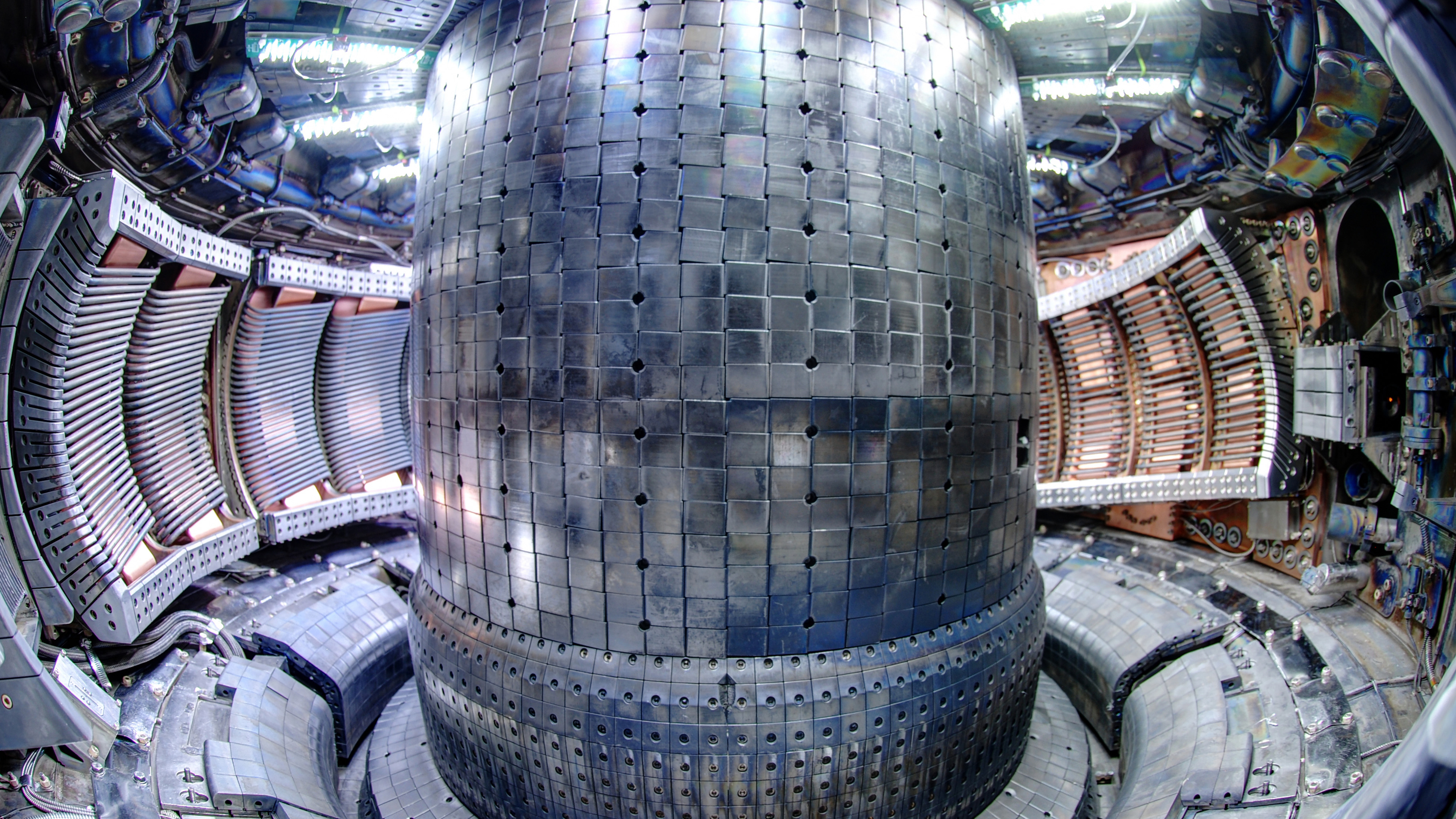We're closer to unlimited free energy than ever before thanks to Nuclear Fusion
♫ When two become one ♫

On Friday afternoon a couple of weeks back, while you were eyeing the clock and wondering if it was time yet to go to the pub, nuclear physicists at MIT brought us closer to unlimited free energy than we've ever been in the history of mankind. And it's all thanks to the promise of nuclear fusion.
At the Alcator C-Mod tokamak nuclear fusion reactor, the pressure of the burning plasma inside the chamber rose higher than it ever has before - to 2.05 atmospheres. Plasma pressure is the key ingredient for producing energy from nuclear fusion, and this new record is 15 percent higher than the previous record, set at the same facility in 2005.
Nearly unlimited energy
Nuclear fusion is often described as the 'holy grail' of power generation. It's clean, safe, pretty much carbon-free and capable of producing nearly unlimited amounts of energy. If you can get the plasma's pressure and temperature high enough, then the energy released begins to exceed that required to keep it going.
The downside is that making it happen involves simulating the conditions inside a star. That means keeping a mass of plasma stable as it churns at more than 50 million degrees in a chamber not much larger than your living room. Which, as you might imagine, isn't too easy.
That's why you keep reading headlines saying fusion is getting closer without it ever quite arriving. The cost of the research, and the length of time it takes to achieve, means that securing funding for each new round of reactors is never easy.
Not to mention that in the wake of Fukushima, anything with the 'nuclear' label on it is automatically viewed with suspicion by policymakers, despite the huge differences between nuclear fusion and fission.
Pushing the envelope
The achievement at MIT came on the final day of operation of the Alcator C-Mod tokamak. It's been in operation for 23 years, repeatedly pushing the envelope on what's possible, but budgetary pressures have forced the US to end its funding in favor of newer facilities.
Sign up for breaking news, reviews, opinion, top tech deals, and more.
Still, its record is likely to stand for some time - at least until 2032, when the International Thermonuclear Experimental Reactor (better known as ITER) is due to open in the south of France.
Will ITER, or other experimental reactors, be able to produce the conditions necessary to make fusion profitable? We don't know yet. But it'll take us another step along the way. Steps which, given the potential that nuclear fusion offers for the future of mankind, are undeniably worth taking.
Duncan Geere is TechRadar's science writer. Every day he finds the most interesting science news and explains why you should care. You can read more of his stories here, and you can find him on Twitter under the handle @duncangeere.
